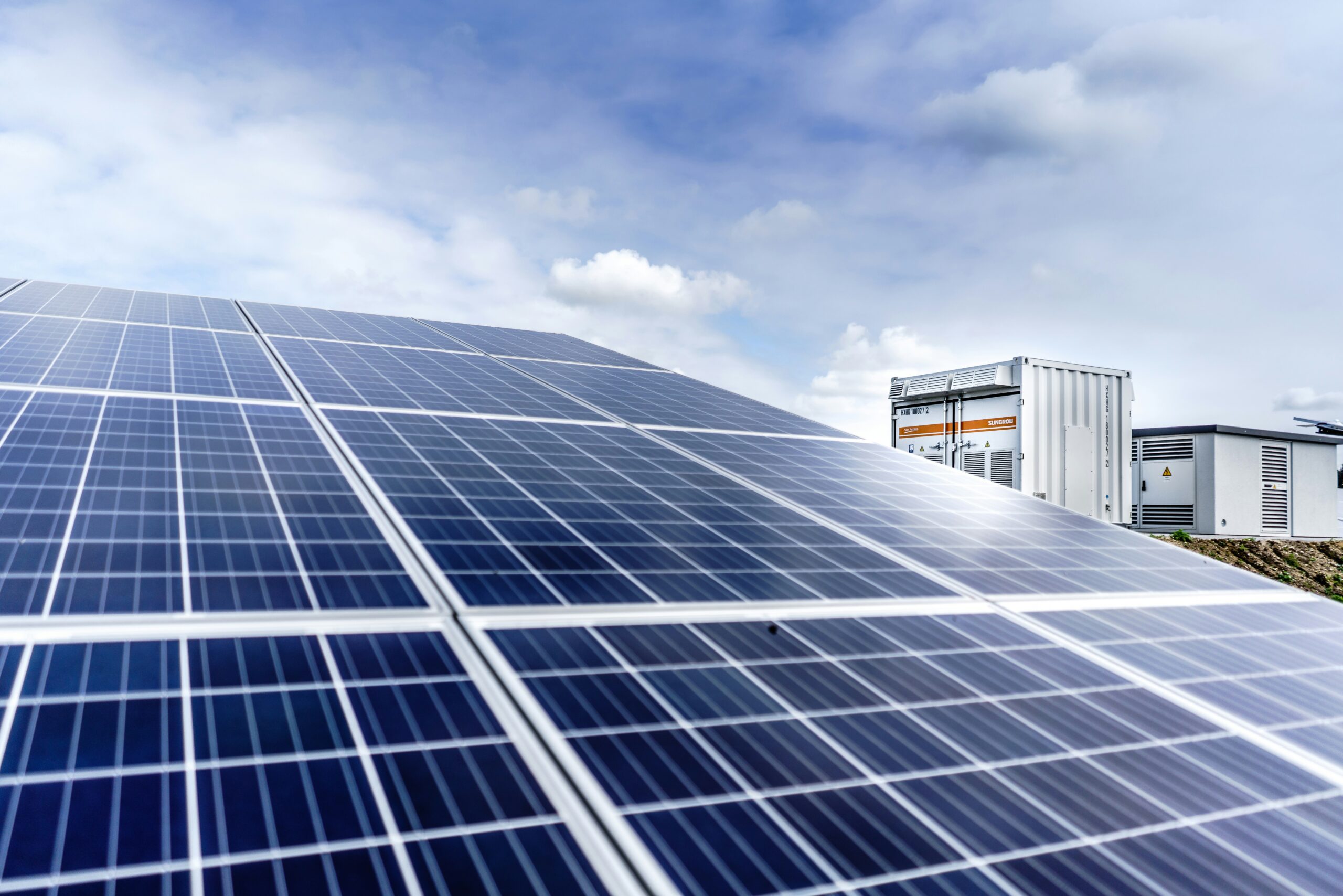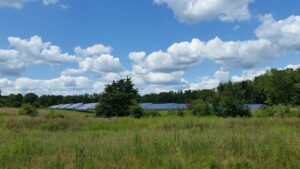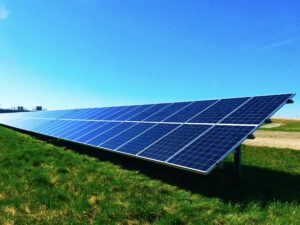When it comes to harnessing the sun’s energy, the multitude of options can be overwhelming. From monocrystalline to thin-film, the variety of solar panels available in the market can make the decision-making process quite daunting. However, fear not! We are here to shed some light on the subject and help you discover the best types of solar panels that suit your needs. So, let’s take a closer look at the different options and find the perfect panel to power your sustainable future.
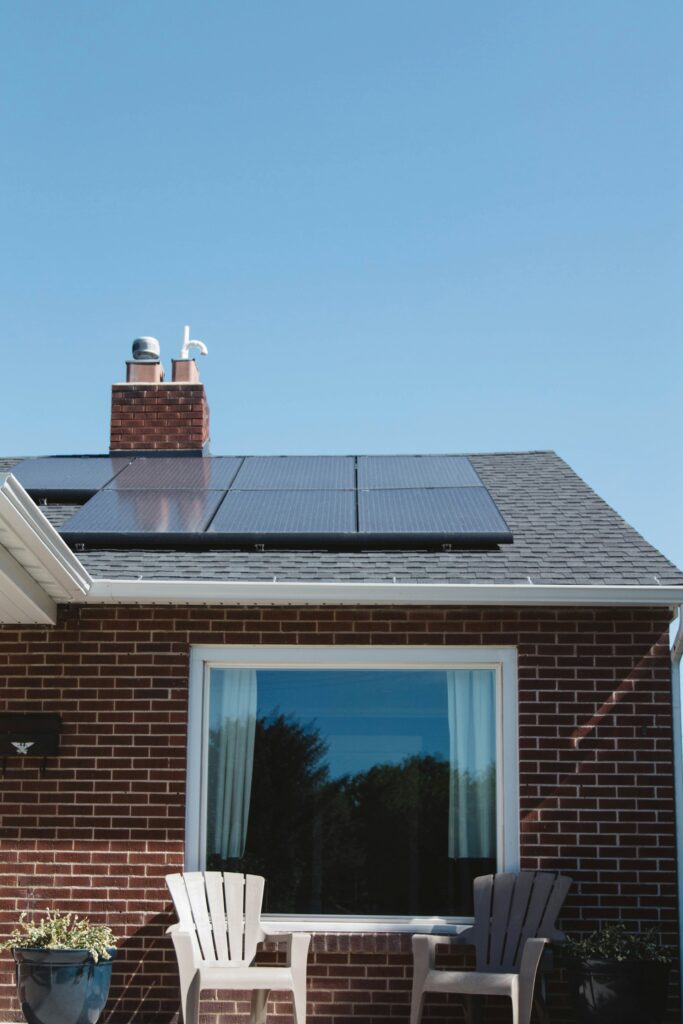
Monocrystalline Solar Panels
Introduction
Monocrystalline solar panels are one of the most popular and widely used types of solar panels in the market today. They are known for their high efficiency and sleek appearance, making them a top choice for both residential and commercial applications. In this section, we will explore the advantages and disadvantages of monocrystalline solar panels.
Advantages
One of the key advantages of monocrystalline solar panels is their high efficiency. These panels are made from a single crystal structure, which allows them to convert a higher percentage of sunlight into electricity compared to other types of solar panels. This means that you can generate more power with a smaller number of monocrystalline panels, making them a space-saving option.
Another advantage of monocrystalline solar panels is their durability. These panels are made from a single silicon crystal, which makes them less prone to cracking or damage. They also have a longer lifespan compared to other panel types, usually lasting for over 25 years. This makes them a reliable and cost-effective choice in the long run.
Monocrystalline solar panels also perform well in low-light conditions. This means that even on cloudy or overcast days, you can still generate a decent amount of electricity. This makes them suitable for regions with less sunlight or for installations where shading is a concern.
Disadvantages
Despite their many advantages, monocrystalline solar panels also have a few drawbacks. One of the main disadvantages is their higher cost compared to other panel types. The manufacturing process of monocrystalline panels involves cutting the silicon into individual wafers, which increases the production cost. However, the higher efficiency and durability of these panels often offset the initial investment in the long run.
Another disadvantage is their appearance. Monocrystalline solar panels have a consistent and sleek black appearance, which may not appeal to everyone’s aesthetic preferences. However, for many homeowners and businesses, the high efficiency and performance of these panels outweigh any aesthetic concerns.
In summary, monocrystalline solar panels are highly efficient, durable, and perform well in low-light conditions. While they may have a higher initial cost and a consistent appearance, their long lifespan and energy generation make them a popular choice in the solar panel market.
Polycrystalline Solar Panels
Introduction
Polycrystalline solar panels are another widely used type of solar panels. They are known for their lower manufacturing cost and a unique appearance compared to monocrystalline panels. In this section, we will explore the advantages and disadvantages of polycrystalline solar panels.
Advantages
One of the main advantages of polycrystalline solar panels is their lower manufacturing cost. These panels are made from multiple crystalline structures, which reduces the production cost compared to monocrystalline panels. This makes them a more affordable option for homeowners and businesses looking to switch to solar power.
Polycrystalline solar panels also perform well under high temperatures. They have a lower temperature coefficient, which means that their efficiency doesn’t drop significantly as the temperature rises. This makes them suitable for regions with hot climates or installations where the panels may be exposed to direct sunlight for extended periods.
Disadvantages
One of the main disadvantages of polycrystalline solar panels is their lower efficiency compared to monocrystalline panels. Due to the multiple crystal structures, polycrystalline panels have a slightly lower efficiency in converting sunlight into electricity. This means that you would need a larger number of panels to generate the same amount of energy as monocrystalline panels, which may not be feasible for those with limited roof space.
Another disadvantage of polycrystalline solar panels is their appearance. These panels have a blue, speckled appearance due to the multiple crystal structures. While some may find this unique look appealing, others may prefer the sleek black appearance of monocrystalline panels.
In summary, polycrystalline solar panels offer a more affordable option for solar power, especially for those with a limited budget. They also perform well under high temperatures. However, they have lower efficiency and a unique appearance that may not suit everyone’s preferences.
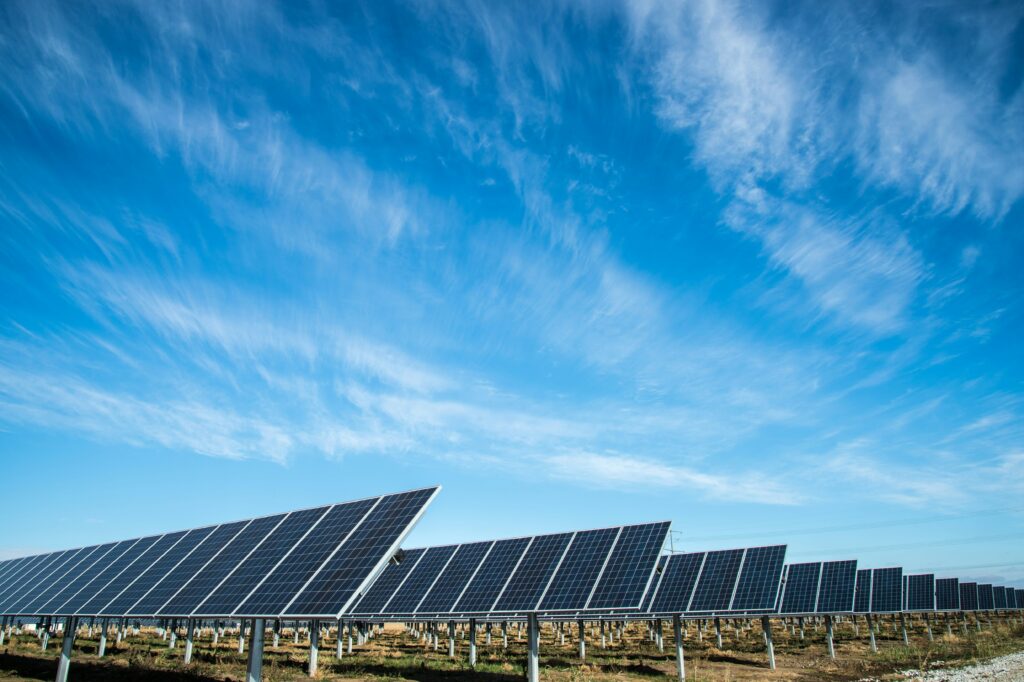
Thin-Film Solar Panels
Introduction
Thin-film solar panels are a relatively newer type of solar panel technology. Instead of using crystalline silicon, these panels are made by depositing thin layers of photovoltaic material onto a substrate, such as glass, metal, or plastic. In this section, we will explore the advantages and disadvantages of thin-film solar panels.
Advantages
One of the main advantages of thin-film solar panels is their flexibility. These panels are lightweight and can be integrated into a range of applications, such as curved surfaces or portable solar chargers. Their flexible nature makes them suitable for unconventional installations or situations where traditional rigid panels may not be feasible.
Thin-film solar panels also perform well under high temperatures and shade. Unlike crystalline silicon panels, thin-film panels have a higher temperature coefficient and can maintain their efficiency even in hotter climates. Additionally, they are less affected by shading, which means that even if a portion of the panel is shaded, the rest can still generate electricity.
Disadvantages
One of the main disadvantages of thin-film solar panels is their lower efficiency compared to crystalline silicon panels. Thin-film panels typically have a lower energy conversion efficiency, which means that you would need a larger area of panels to generate the same amount of electricity. This can be a limiting factor for installations with limited space.
Another disadvantage is their shorter lifespan compared to crystalline silicon panels. Thin-film panels generally have a shorter warranty period and tend to degrade faster over time. However, advancements in technology are continuously improving the durability and longevity of thin-film solar panels.
In summary, thin-film solar panels offer flexibility and perform well under high temperatures and shading. While they have lower efficiency and a shorter lifespan compared to crystalline silicon panels, their unique characteristics make them a suitable choice for specific applications.
Bifacial Solar Panels
Introduction
Bifacial solar panels are a type of solar panel that can generate electricity from both the front and back sides of the panel. Unlike traditional solar panels that only capture sunlight from the front side, bifacial panels have a transparent backsheet that allows light to pass through and be absorbed by the rear surface. In this section, we will explore the advantages and disadvantages of bifacial solar panels.
Advantages
One of the main advantages of bifacial solar panels is their increased energy production. By capturing sunlight from both sides, these panels can generate more electricity compared to traditional solar panels. This is especially beneficial in installations where the panels can be mounted on reflective surfaces, such as white rooftops or snowy environments.
Bifacial solar panels also have a lower temperature coefficient compared to traditional panels. This means that their efficiency doesn’t drop significantly in hot weather conditions, allowing them to maintain their energy generation capacity even in high-temperature environments.
Disadvantages
One of the main disadvantages of bifacial solar panels is their higher initial cost compared to traditional panels. The additional materials and design complexity of bifacial panels contribute to their higher price. However, the increased energy production and potential return on investment over time often outweigh the initial cost for many applications.
Another disadvantage is the requirement for specialized mounting systems. Bifacial panels need to be installed in a way that allows light to reach the rear surface. This may require adjustable or elevated mounting structures, which can add to the installation complexity and cost.
In summary, bifacial solar panels offer increased energy production and perform well in hot weather conditions. While they have a higher initial cost and require specialized mounting systems, their potential for higher energy generation makes them an attractive choice for certain installations.
(Continued in the next part…)

